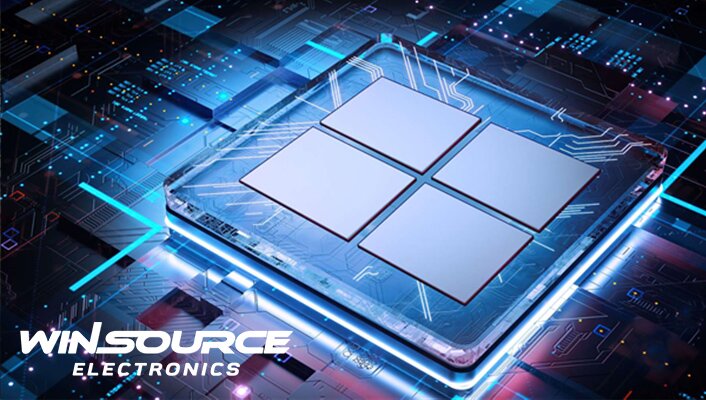
Table of Contents
ToggleIntroduction
In the ever-evolving world of technology, where the pace of innovation seems to know no bounds, it’s easy to lose sight of the essential components that power the devices we use every day. Among these unsung heroes are transistors, the tiny but powerful electronic switches that form the backbone of a computer’s central processing unit (CPU). In this article, we’ll delve into the world of transistors and explore their critical role as a key component at the heart of computers.
The birth of the transistor
Before we delve into the importance of transistors in modern CPUs, let’s take a look back at their origins. The transistor was first proposed at Bell Labs in the late 1940s by William Shockley, John Bardeen, and Walter Brattain. This groundbreaking invention marked a pivotal moment in the history of electronics as it replaced bulky, power-hungry vacuum tubes, ushering in a new era of miniaturization and efficiency.
Learn about transistors
At its core, a transistor is a semiconductor device that can act as an amplifier or switch. They are made from a variety of materials, the most commonly used being silicon. A transistor has three basic layers: emitter, base, and collector. By applying a small voltage to the base, the current between the emitter and collector can be controlled, effectively turning the transistor on or off. This binary conversion capability forms the basis of digital computing.
Transistor as binary switch
The ability of a transistor to act as a binary switch is at the core of its importance in CPUs. Computers use binary codes made up of ones and zeros. These binary digits or bits represent the smallest unit of data in calculations. Transistors, capable of switching between on (1) and off (0) states, are the physical embodiment of these bits.
Microprocessor: the brain of operations
The CPU (or microprocessor) is the central unit of the computer, responsible for executing instructions and performing calculations. CPU performance is often measured in terms of clock speed, which is the number of instructions it can execute per second. The more transistors a CPU contains, the more instructions it can process simultaneously, increasing clock speeds and improving performance.
Moore’s Law and Transistor Scaling
A key factor in the rapid development of computer technology is Moore’s Law, proposed in 1965 by Intel co-founder Gordon Moore. Moore’s Law predicts that the number of transistors on a microchip will double approximately every two years, while shrinking in size and cost. This prediction has held true for decades, driving continued improvements in CPU performance.
Modern CPU: billions of transistors
Today’s CPUs are engineering marvels, packing billions of transistors onto a single chip. The ability to fit such large numbers of transistors into a small space has enabled the development of highly complex and powerful processors that can handle a wide range of tasks, from gaming and multimedia editing to scientific simulations and artificial intelligence.
Beyond CPU
While CPUs may be the most prominent application for transistors, these microswitches are used extensively throughout electronic devices. Found in memory chips, graphics processing units (GPUs), and a variety of other integrated circuits, transistors contribute to the functionality and speed of modern electronics.
In conclusion
Transistors are the unsung heroes of modern computing, powering the central processing units that drive the digital world. Born in the minds of visionaries at Bell Labs, these tiny switches have revolutionized technology and continue to do so today. As transistors become smaller and more numerous, our computers become faster, more efficient, and able to handle increasingly complex tasks. So the next time you fire up your computer or smartphone, take a moment to appreciate the incredible role transistors have played in shaping our technological landscape. They are indeed critical components at the heart of your computer.

COMMENTS